Setting Goals
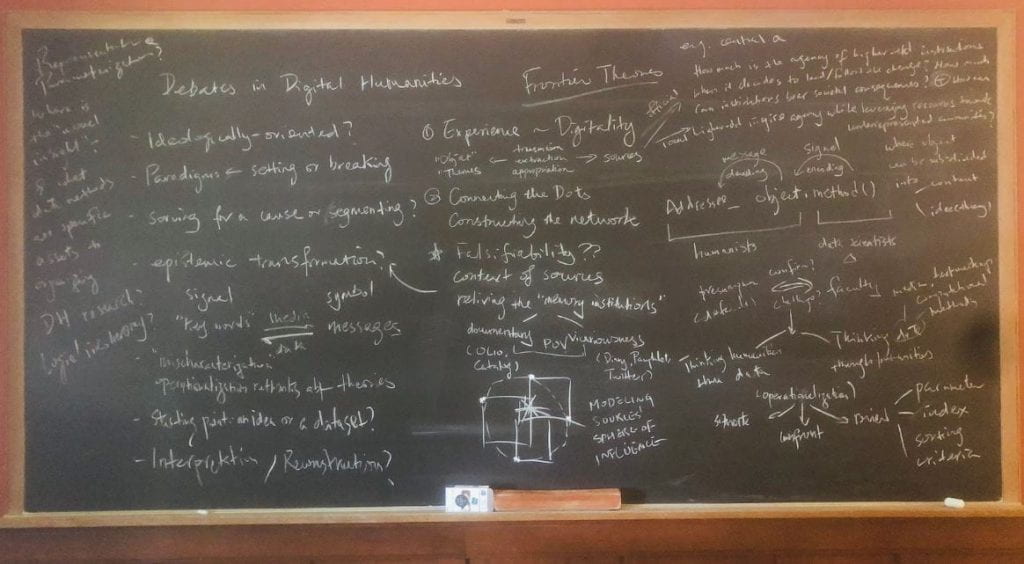
Determining The Topic
Such investigation into our topic began at the beginning of our internship as we attended workshops on data analysis and metadata and understood more about the field of digital humanities. We also explored the Amherst College Digital Collections website in an effort to read and process various student publications such as the Olio, the Amherst College Yearbook, and the Amherst Student. Investigating each text was fascinating as it provided a glimpse into Amherst’s history and allowed us to draw parallels between Amherst College now and Amherst College during a different time. I remember seeing an image of Frost Library from the 1974 and remembering how it looked the same as if it had simply travelled through time. Such inquiry proved crucial to honing on a specific focus; however, participating in workshops on text analysis as we proposed two projects to analyze various texts was also critical in ultimately choosing to focus on Amherst in Disasters. Even though we were split into groups during such workshops, each group had focused on disasters at Amherst at one point in time, and so in thinking about our topic later in the fellowship, we reverted back to that idea. It seemed quite engrossing, relevant, and timely as the COVID-19 pandemic and other disasters are common in the current sphere. We knew that such a topic would engage the community and allow us to highlight parts of crises in Amherst’s history unheard of by much of the community or crises that incited a necessary change on Amherst’s campus.
Asking Questions
We began to delve into our topic, disasters at Amherst, with much curiosity and inquiry, and grappled with which methods we would use to research and find more about our topic. We wondered what constituted as a disaster? How can we analyze texts and documents to understand a community’s response to a disaster? What resources would be crucial to delving into our topic? How can we go about presenting our material and how do we want to structure such a presentation? Each question, we attempted to answer throughout our research process, in meetings about ways to present information and tragedy, and in a growing understanding of the material. We began to answer such questions as we compiled Amherst Student newspaper articles on the fire at Walker Hall in the late 19th century and in the 2018 network outage. In compiling these resources, we were able to see and read articles discussing the aftermath of such crises and articles that document student sentiment and feeling towards these disasters. Not merely did answering these questions allow us to gain a greater understanding of such disasters but a richer and deeper perspective of the Amherst community and the ways in which we see Amherst’s history. We understood more about how the College maintained student safety and well-being during the Spanish Flu crisis and why it created the Student Army Training Corps (S.A.T.C.) in the midst of World War I. We learned about how Amherst maintained its values and commitment to community during the aftermath of these crises.

Applying Tools
- Time-mapping: TimeMapper, TimelineJS
- Textual Analysis: Voyant, Ngrams
- Topic Modeling: Lexos, Mallet, Python (Gensim and LDA)
- Data Visualization: Tableau, SQL, Python(Numpy), R
Refining Questions

Generating Results
Presenting the Results
Maintenance and Care
Contact us for any maintenance issues: libdig@amherst.edu
Contact us if you would like to provide more materials to the Archives: archives@amherst.edu
Contact the DSSF 2020: Amherst people– please refer to the student and alumni directory; Guests– please consult libdig@amherst.edu
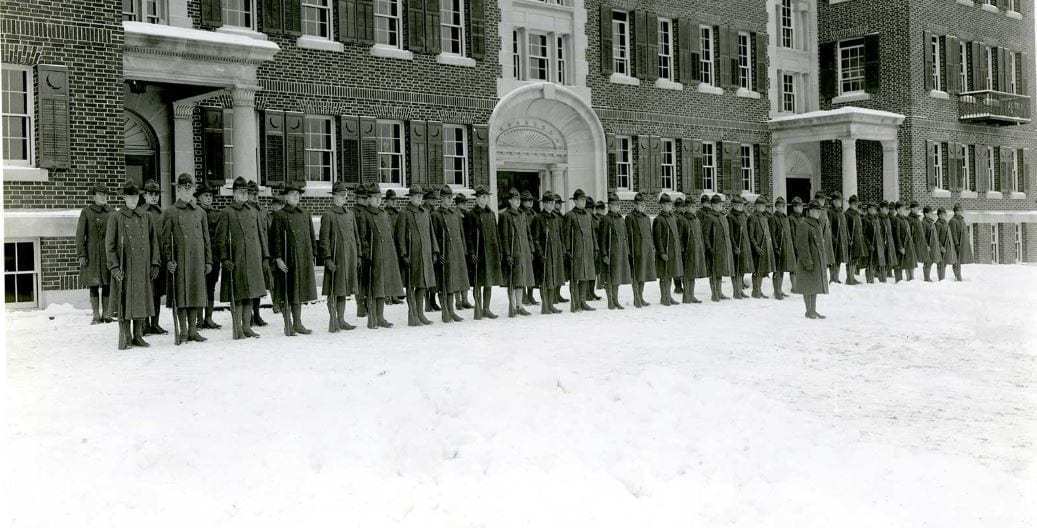
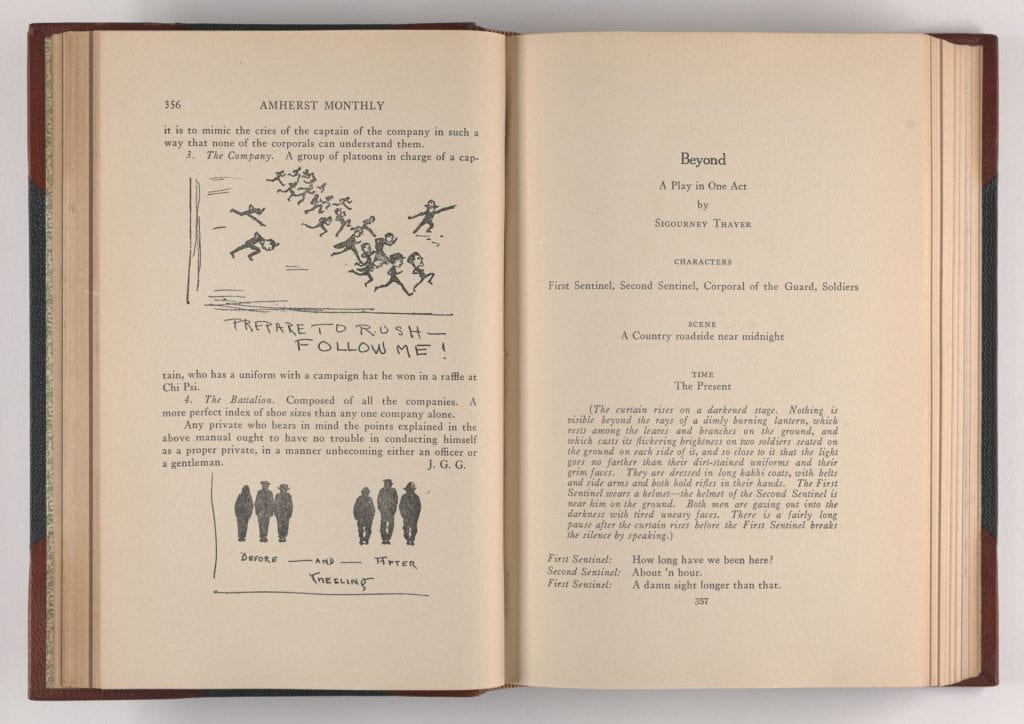
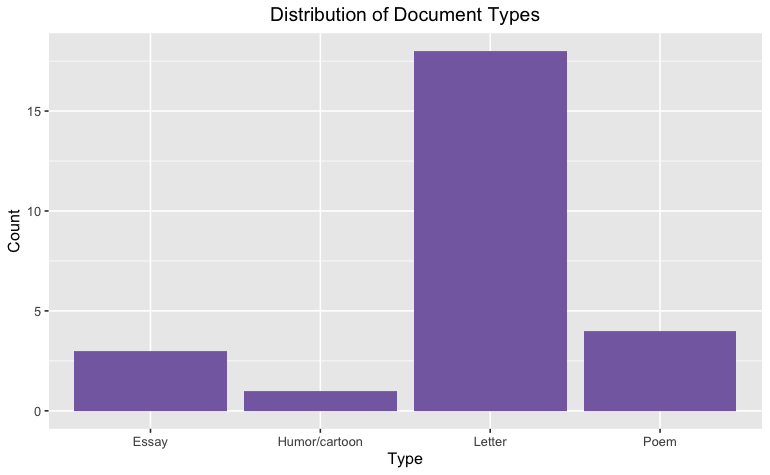
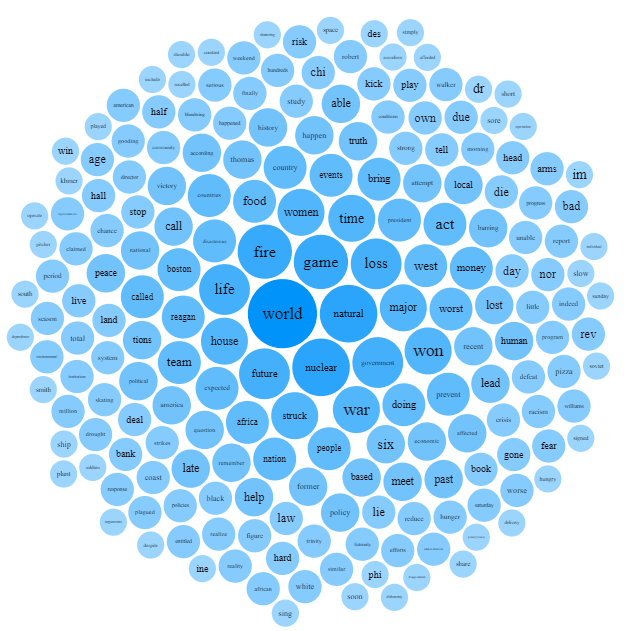

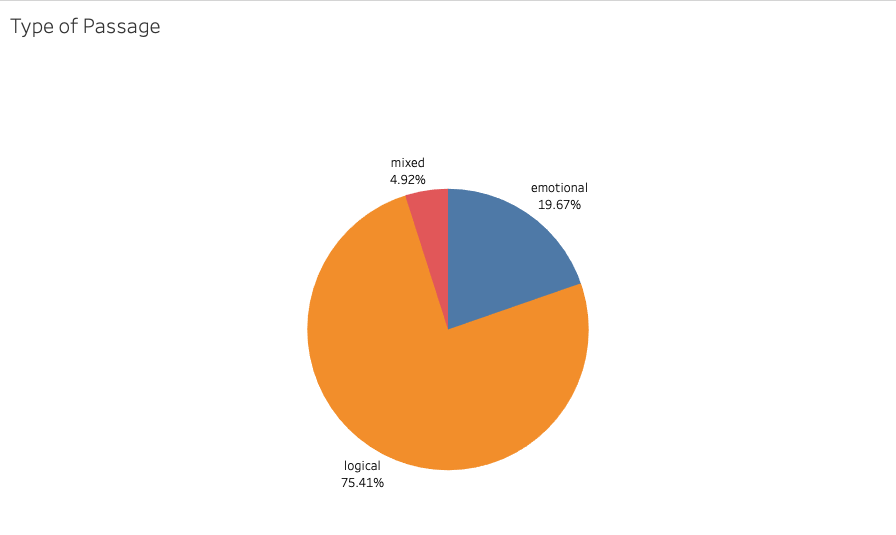


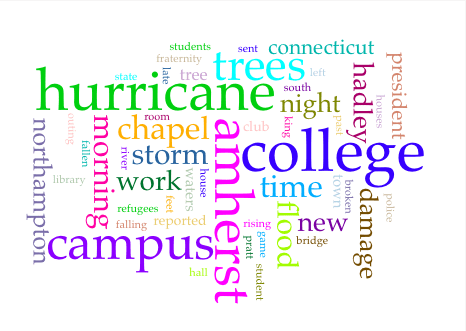

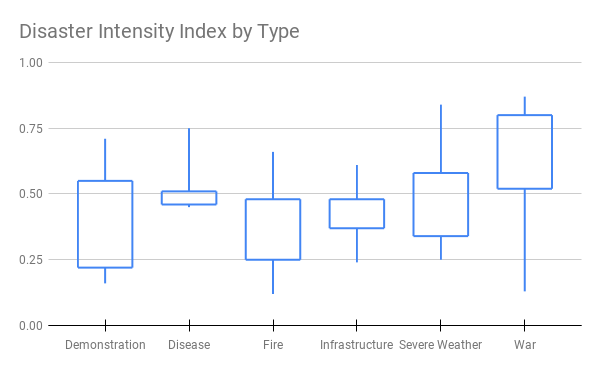
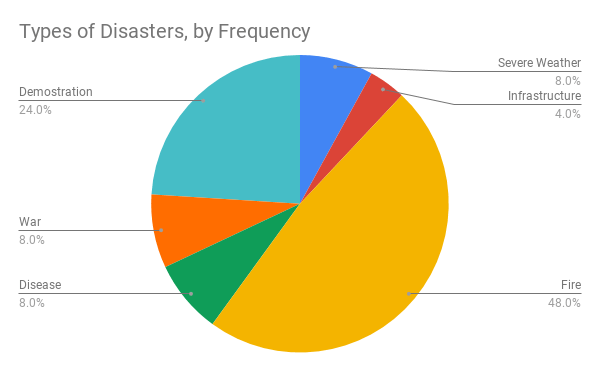
You must be logged in to post a comment.